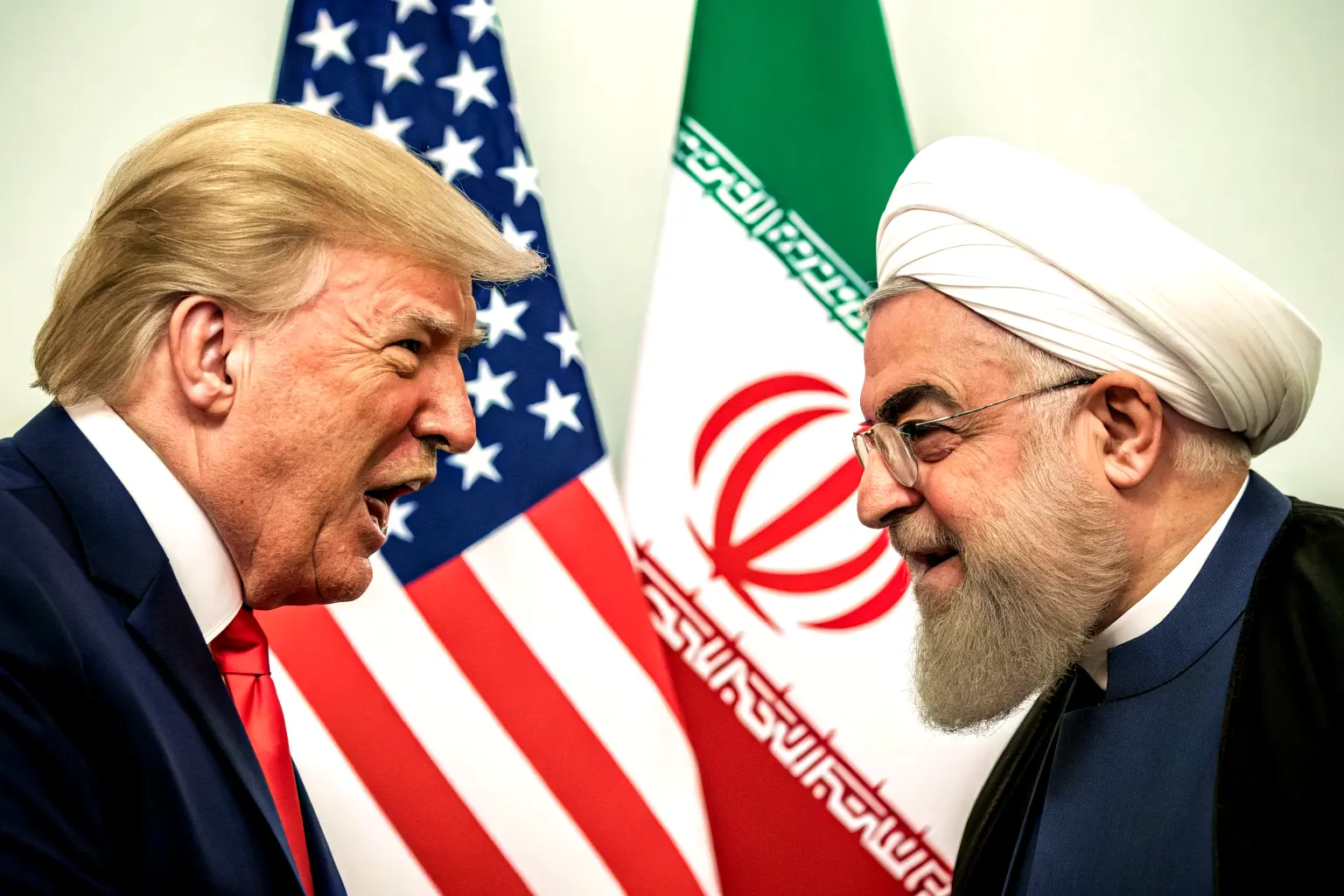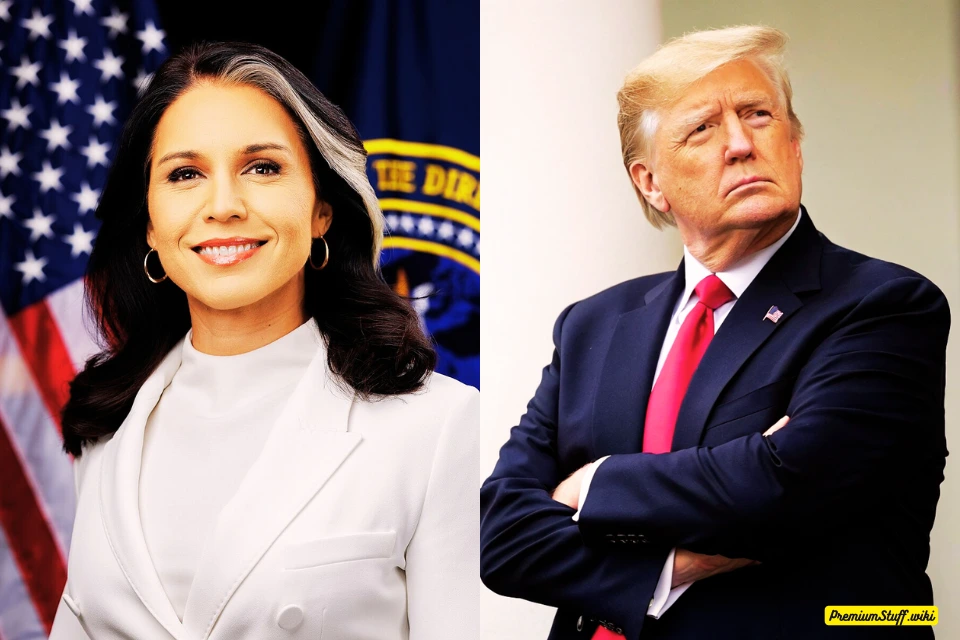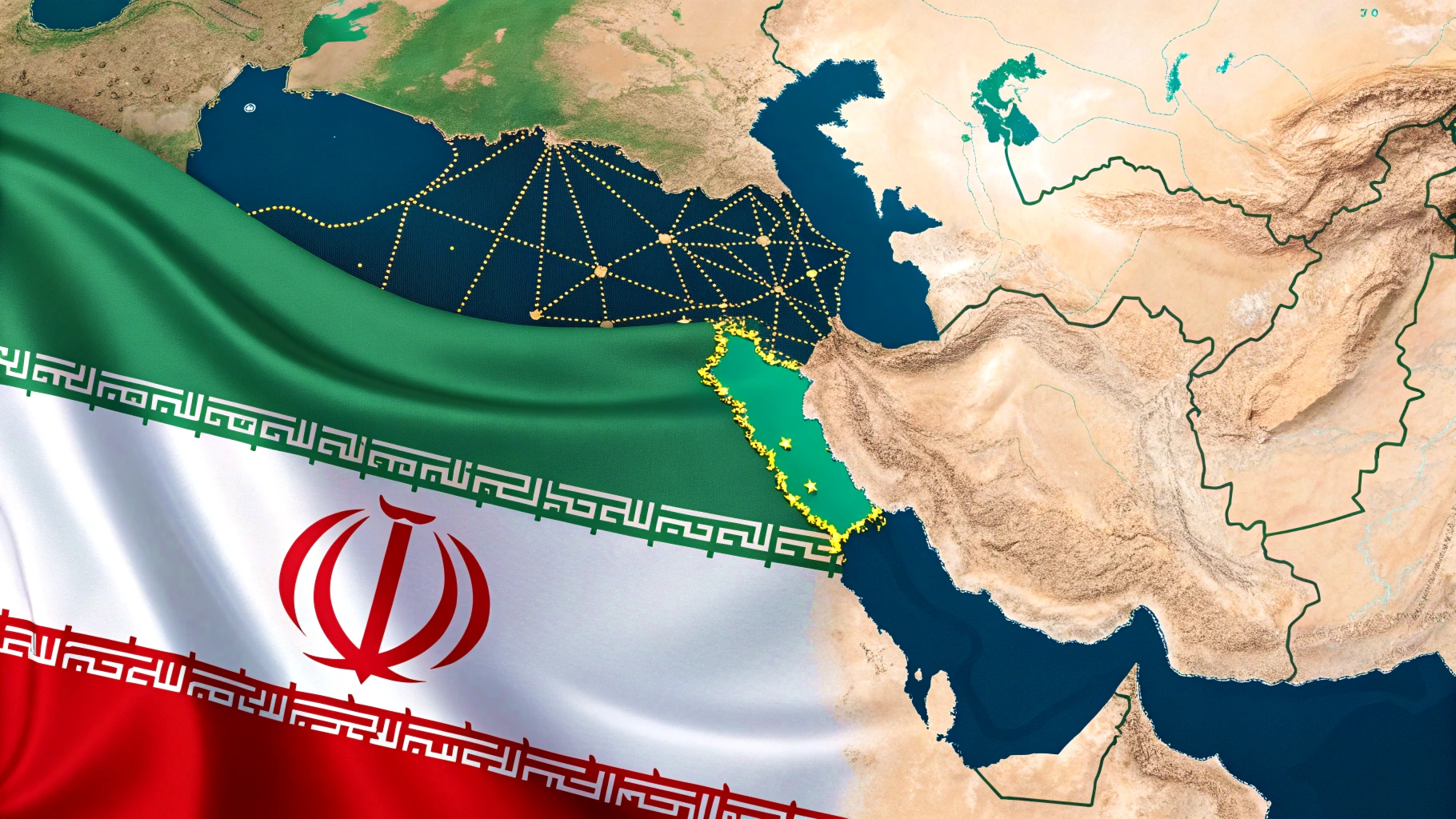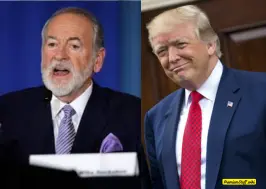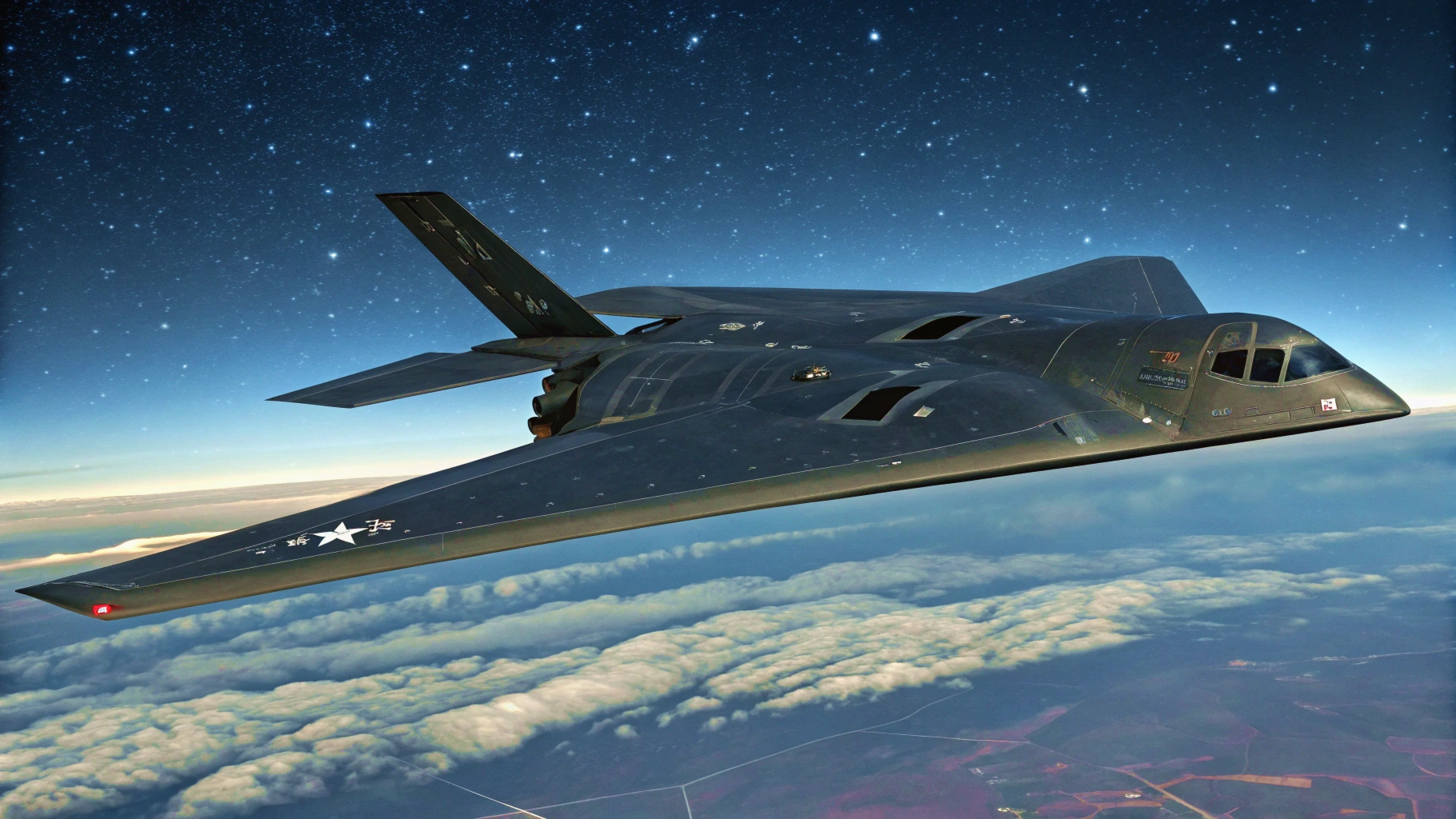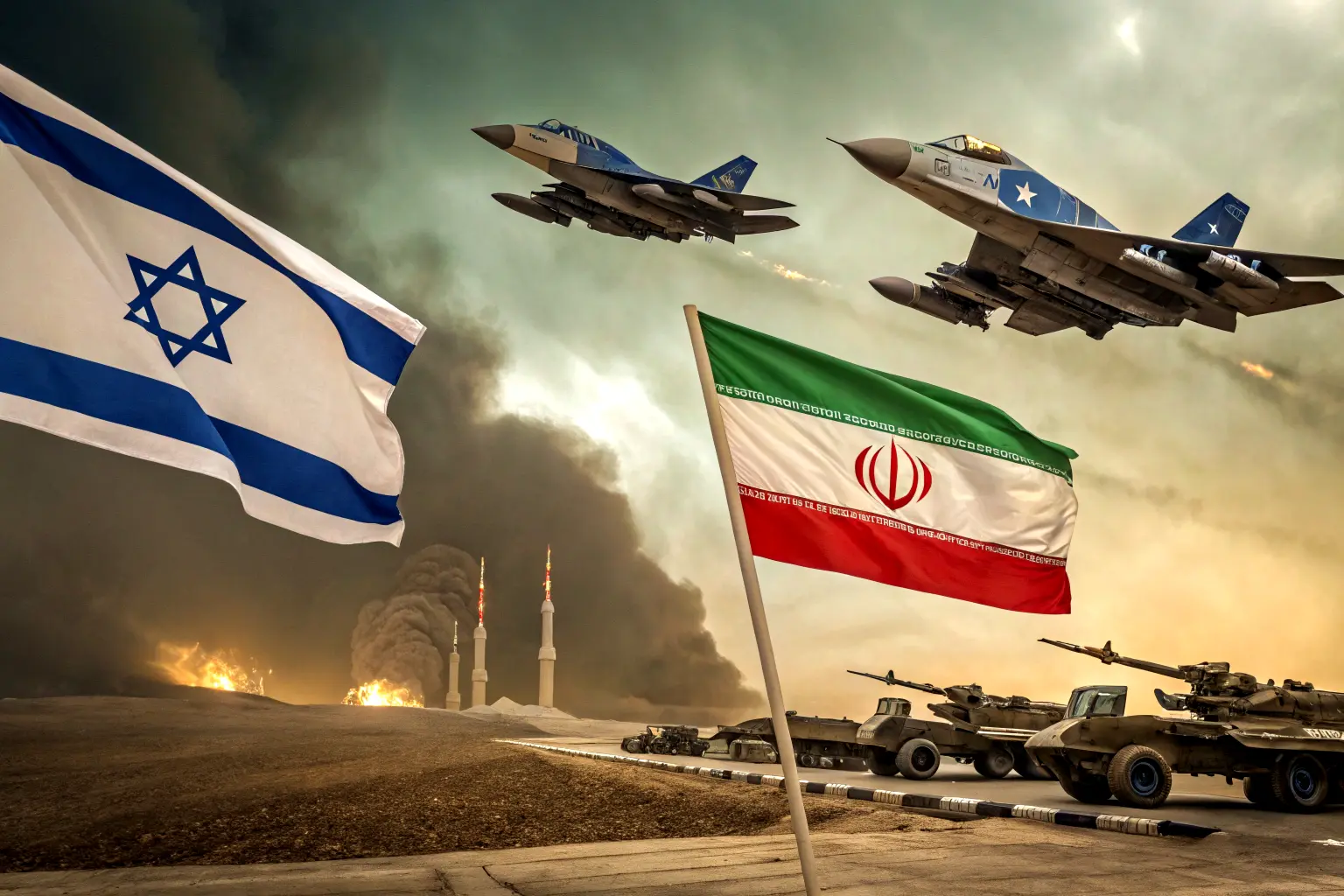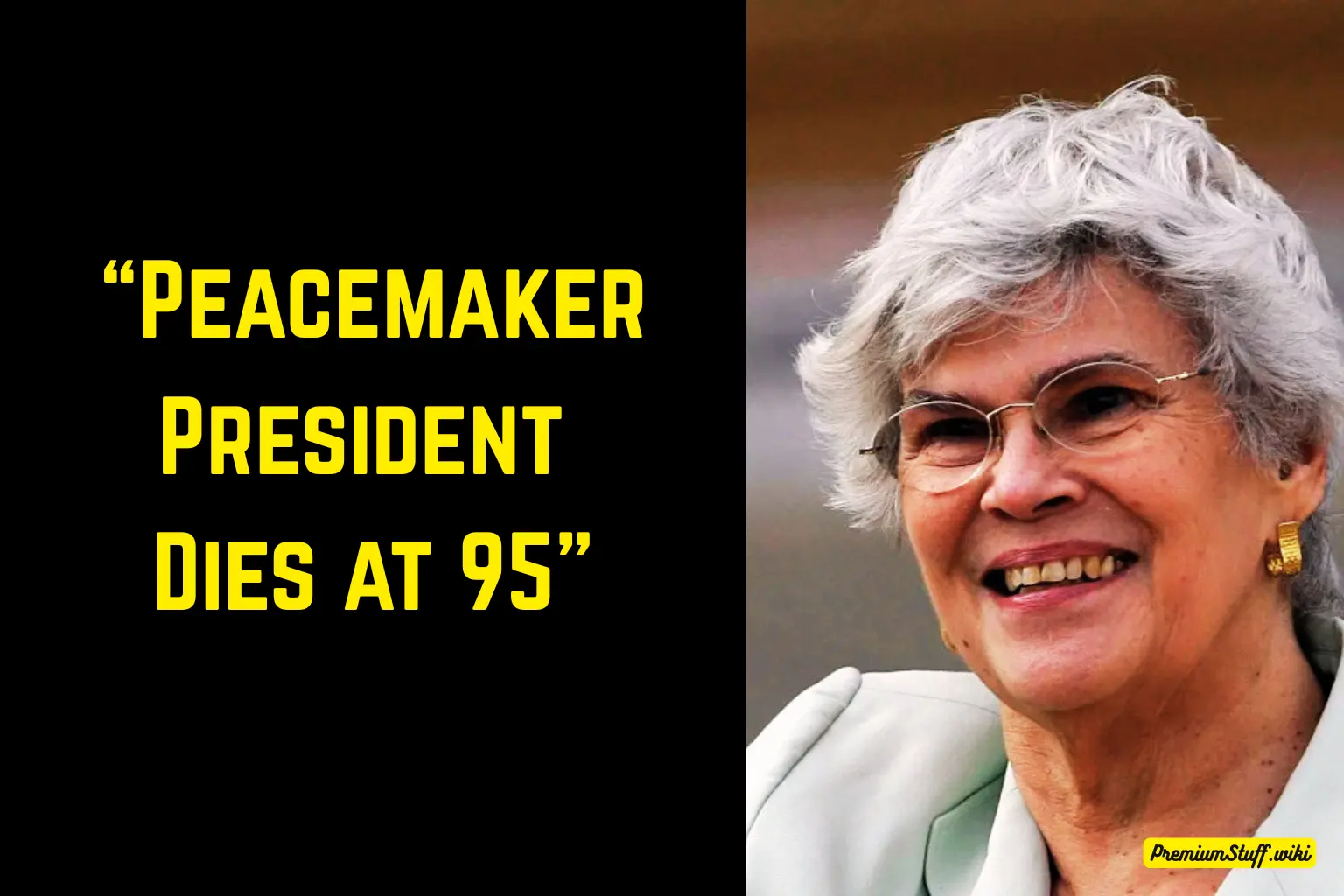Iran’s Exiled Prince Urges Regime Change as Crisis Grows
WASHINGTON, D.C. — From a sunlit studio in suburban Maryland, Reza Pahlavi leans into the camera, his voice urgent but measured. “This regime is weaker than ever,” declares the exiled crown prince of Iran, describing Supreme Leader Khamenei hiding “like a frightened rat” in underground bunkers after Israeli strikes. “But bombs alone won’t free my people. We must rise.” This broadcast, watched by millions via smuggled satellite feeds, captures Pahlavi’s delicate dance: fanning revolutionary hopes while pleading to avoid all-out war.
“Our revolution won’t be televised. It’ll be livestreamed from millions of phones. And when it comes, the world will witness the true Iran—not radicals, but resilience.”
— Reza Pahlavi
The Son’s Burden
Pahlavi’s mission is haunted by history. His father, Shah Mohammad Reza Pahlavi, established Iran’s first diplomatic ties with Israel before the 1979 revolution toppled him. Now 64, the soft-spoken heir navigates exile with a radical vision: overthrow the Islamic Republic not to restore monarchy, but to build a secular democracy. “This isn’t about crowns,” he insists. “It’s about Iranians choosing their future in free elections.”
Regime on the Ropes?
Recent events fuel Pahlavi’s optimism:
- Israeli strikes damaged nuclear facilities and exposed military vulnerabilities
- Economic collapse has driven inflation to 240%, with breadlines stretching blocks
- Public rage simmers as videos show crowds chanting “Death to the dictator!” in Isfahan
Yet the prince tempers hope with realism: “Security forces still point guns inward, not outward. That must change.” His appeal to soldiers cuts deep: “You swore to protect Iran, not its jailers. Lay down your weapons.”
The Opposition’s Uphill Battle
Pahlavi faces steep challenges:
- Fractured Resistance: Monarchists clash with leftist groups like the MEK over leadership
- Digital Suppression: Tehran disrupts internet access during protests
- Global Skepticism: U.S. and EU fear chaos if regime falls
“The world sees Iran through missiles and headscarves,” Pahlavi laments. “They forget our poets, our scientists, our longing to rejoin the community of nations.”
A Vision for Peace
His blueprint includes:
- “Cyrus Accords” normalizing relations with Israel
- Nuclear transparency under international oversight
- Gender equality as constitutional right
“The first thing a free Iran will do,” he vows, “is tear down walls—physical and ideological.”
Walking the Brink
Despite fiery rhetoric, Pahlavi dreads escalation: “War could kill thousands and cement the regime’s grip.” He urges Western leaders to:
- Sanction Revolutionary Guard commanders individually
- Boost access to satellite internet
- Freeze regime assets abroad
“Don’t negotiate with terrorists,” he implores. “Stand with schoolgirls tearing off hijabs. They are your partners.”
The Exile’s Paradox
Pahlavi’s influence remains symbolic. He holds no army, leads no party, and hasn’t set foot in Iran since age 17. Yet his broadcasts galvanize youth—like 23-year-old Tara, who told us from Tehran via encrypted app: “When Reza speaks, my father cries. He remembers when Iran was free.”
As conflict looms, Pahlavi’s final warning echoes: “The ayatollahs want you distracted by fireworks. Look past the smoke. See the people reaching for the light.” Whether that light dawns through revolution or ruin now rests with ordinary Iranians—and the world watching them.

